 This week I thought I’d take a break from our Kinesiology Taping Series, to feature a great Double Shoulder Strapping technique.
This week I thought I’d take a break from our Kinesiology Taping Series, to feature a great Double Shoulder Strapping technique.
Although in sport, shoulder injuries don’t normally come on pairs, this technique is often used to protect the shoulder joints from injury, particularly in rugby and to a lesser extent AFL, much the same as Chris Judd has through his football career.
Most Common Shoulder Injuries
[toc]As mentioned in our previous “how to tape a shoulder” article, the most common shoulder injury, is the AC Joint injury, where the inside ligaments of the shoulder can be strained, stretched or damaged. The purpose of this technique is not only to prevent this from happening, but to ensure the shoulder joint does not dislocate.
So below I would like to share with you a video, where experienced Sports Trainer, Cam Wray, shows a great technique for protecting the shoulder from injury using Sports Strapping Tape.
Best Double Shoulder Strapping Technique
[youtube width=”480″ height=”360″]https://www.youtube.com/watch?v=J3mXGgYqecY[/youtube]
As you can see from the video, Cam’s method gives great support to both AC joints and surround ligaments.
The tape is applied with the arm in a slightly bent position, as follows:
- 2 Anchors are applied, one over the shoulder and the other around the bicep (with little to no tape tension).
- 2-3 basket-weave strips in both direction are then applied, criss-crossing over the point of the shoulder, pulling the shoulder firm into the joint
- 2-3 corkscrew strips are also applied, first starting from the nipple area, up and over the point of the shoulder and wrapping around the arm.
- Apply some more strips over the anchors to lock down the the previous 2 steps.
- Repeat steps 1-3 on the opposite arm.
- Finish off with Elastic Adhesive Bandage over and around the arm, shoulder, and around the upper torso.
What items do you need to Strap an Shoulder?
So now that we have covered the technique, lets take a look at what items you will need to complete the job properly:
[bc_product_display id=”248″]
[bc_product_display id=”62″]
Optional items you may wish to use:
[bc_product_display id=”169″]
[bc_product_display id=”39″]
[bc_product_display id=”90″]
Preparation to Tape a Shoulder
For optimum results when taping the shoulder, it is recommended to prepare the shoulder by doing the following:
- For hairy guys only, Tape or Shave off any hair around the shoulder our chest area.
- Apply Pre-Tape Spray to improve Tape Adhesion, or to prevent tape trauma during removal.
- If nipple irritation is a concern, protect the nipple with an adhesive foam ring.
Correct Tape Tension
Its also important when strapping the shoulder that it is not taped to tight, as it will prevent the blood flow around the shoulder and restrict movement.
The rigid tape application in particular should be applied with little or no tape tension.
Here’s What You Need To Do Next…
First…
While this method is quiet simple, make sure you practice it once or twice in the next week, while its fresh in your mind.
Then…
If you have any questions about strapping shoulders (or the “How To Strap” series), leave me a comment below on this page.
And Finally…
To stay update with more great “How To Strap” articles, remember to subscribe to this newsletter below (if you haven’t already).
For links to Previous articles, here you go:
- How to strap an ankle
- How to strap a knee
- How to strap a shoulder
- How to tape an ankle for extreme support
- How to strap for patella dislocation and instability
[optin]
Have a most outstanding day,
Cade Arnel
SportStrap.com.au ©2012


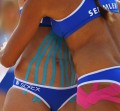
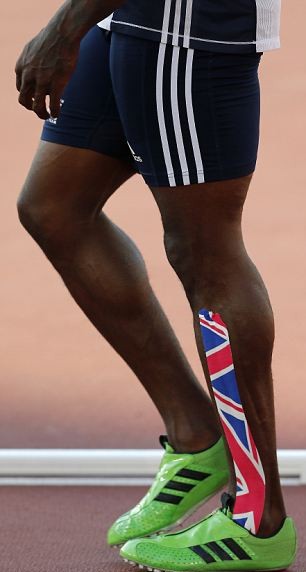
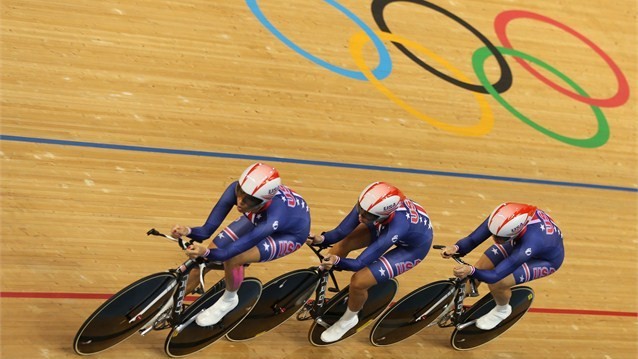


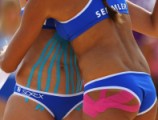
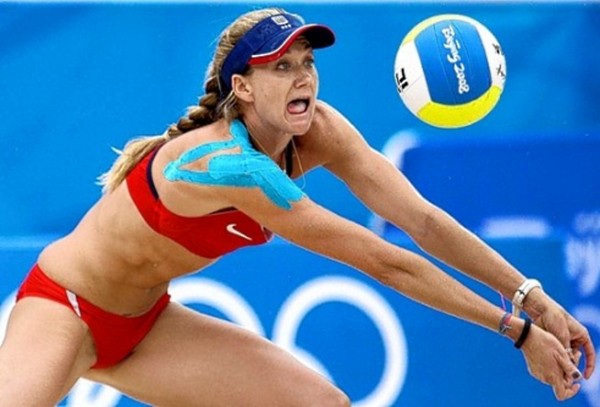
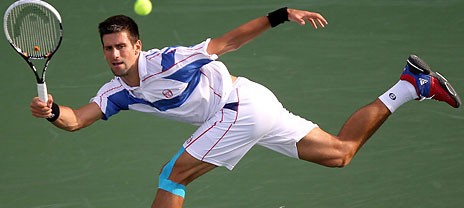

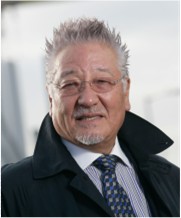 He noticed that standard sports taping methods, using
He noticed that standard sports taping methods, using 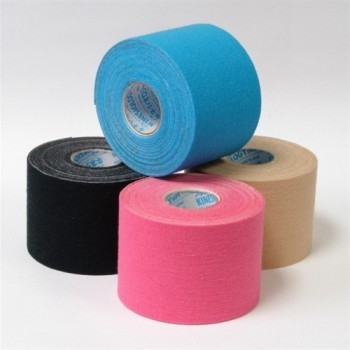 Made from 100% cotton
Made from 100% cotton